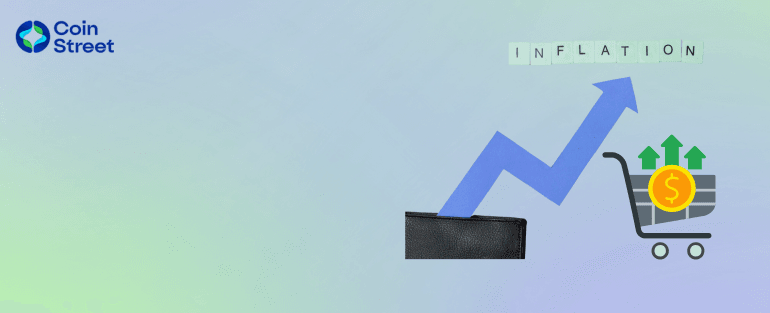Introduction
Every year, prices sneak upward, quietly reducing your money’s “buying power.” Remember when your favorite samosa cost ₹10? Now, it’s ₹25—same tasty snack, higher price. That’s Mr. Inflation quietly slipping money out of your pocket. Historically, India experiences inflation around 5–6% per year. Small numbers, right? But over time, it significantly cuts your money’s worth.
| Year | If You Left ₹10,000 in Cash | Value After 6% Inflation |
|---|---|---|
| 0 | ₹10,000 | ₹10,000 |
| 5 | — | ₹7,400 |
| 10 | — | ₹5,500 |
So, if your savings aren’t growing at a rate higher than the average inflation, you may not feel it today, but you’re actually becoming poorer, as your money is silently losing value.
2. Why Should a 25-Year-Old Care Today?
- Longer runway means bigger impact: Imagine prices increasing for every single year of your 40-year career. Your cost of living will be significantly higher in your 50s and 60s
- Salary hikes aren’t guaranteed: Sometimes, your salary may not keep pace as salary growth is also linked to market and industry cycle, reducing your real income.
- Opportunity Cost: Every rupee invested today benefits from decades of compounding. Delay, and you lose significant growth potential.
3. Quick Math: The “Rule of 72”
Wonder how quickly your expenses double? Divide 72 by the inflation rate.
- At 6% inflation, 72 ÷ 6 ≈ 12 years.
Your current ₹15,000 rent could reach ₹30,000 by your late thirties.
This is just the simple approximation. Real world scenarios are much different. Rents often increase by 10% in key Tier 1 cities. Cost of education is also increasing at 10% making.
4. Quick Personal Finance Hack: Calculate Your Personal Inflation
- List essentials: Last year’s bills (rent, groceries, transportation, internet, dining etc).
- Compare with this year: Check current expenses for the same items.
Formula:
(New total – Old total) ÷ Old total × 100 = Your Inflation RateMany young urban professionals face 8–10% inflation, higher than the official CPI. So, the traditional 6% maths may not hold true.
5. Four Proven Weapons Against Inflation
| Weapon | Why It Works | Beginner How-To |
| Equity Index Funds | Businesses raise prices, benefiting shareholders | Start SIPs in low-cost Nifty 50 or Sensex Index funds |
| Tax-Efficient Debt | Government-backed, stable returns (~7–8%) | Invest part of your 80C limit in PPF, and use NPS |
| Gold / Sovereign Bonds | Protects against currency weakness & crises | Allocate 5–10% in Gold funds or Gold ETFs gradually |
| Global Equity ETFs | Geographic diversification; hedges rupee risk | Invest <15% via domestic funds tracking S&P 500/Nasdaq |
6. Building Your Inflation-Beating Starter Portfolio
Scenario: ₹50,000 take-home salary; ₹10,000 monthly investable surplus:
| Bucket | % | Monthly SIP | Instrument Example |
| Core Indian Equity | 55% | ₹5,500 | Nifty 50 Index Fund (Direct) |
| Flexi/Active Equity | 15% | ₹1,500 | Flexi-cap Mutual Fund |
| Debt & Tax Savers | 20% | ₹2,000 | PPF (₹1,000) + Short-Term Debt Fund (₹1,000) |
| Gold / Global | 10% | ₹1,000 | Sovereign Gold Bonds or S&P 500 ETF |
Review once a year. If any bucket drifts ±5%, rebalance back to the original.
7. Guardrails to Keep You Ahead
- Minimize Cash Drag: Keep only 1–2 months’ expenses beyond your emergency fund in savings.
- Avoid 6% Guaranteed “Traps”: Traditional policies from insurance companies often give returns lower than inflation post-tax.
- Skill-Up: Enhancing your skills boosts salary growth—another inflation-fighting tactic
- Stay Consistent: Market dips are opportunities, not setbacks. Keep SIPs running. Remember that “Time in market” and not “Timing the market” is your best friend in wealth creation
Final Thought
Inflation never rests, but you can beat it. Think of inflation as a treadmill that’s constantly speeding up, standing still means falling behind. Instead, step onto the escalator of investing and compounding, letting your money climb faster than rising prices. Your future self will be grateful when today’s ₹15 samosa feels as inexpensive as your childhood comics.



